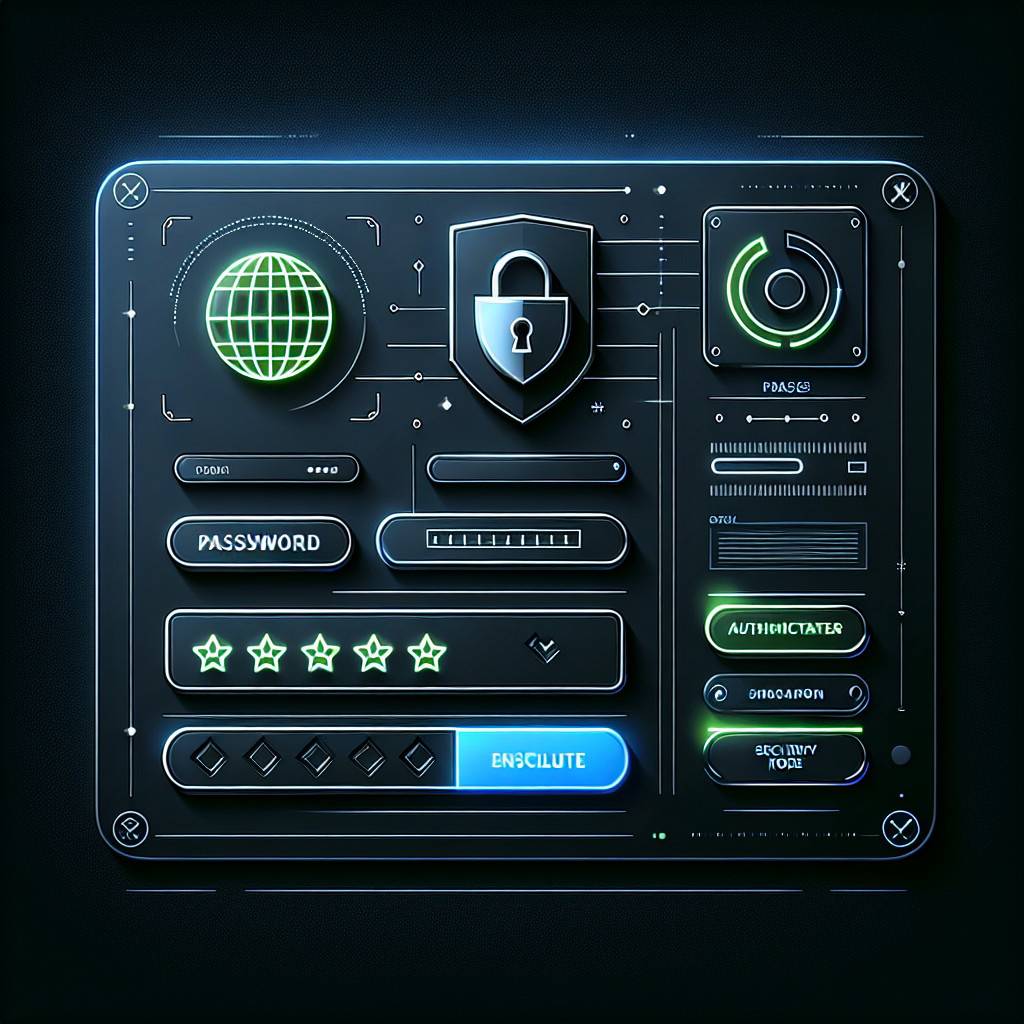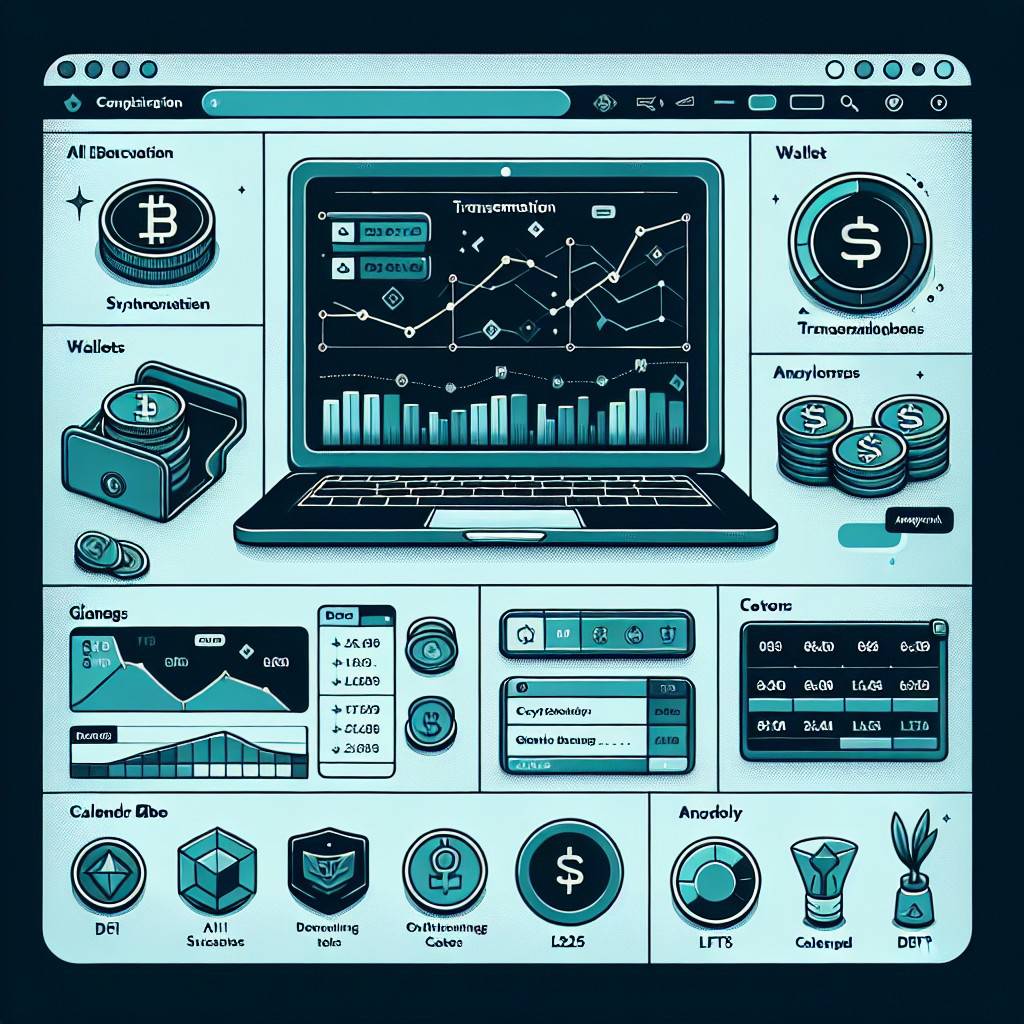
Introduction: Safe Account Access Starts with Smart Logins
Your crypto is only as safe as your login habits. A careful, consistent approach to your Binance login reduces the risk of phishing, account takeovers, and costly mistakes. Think of it as your security front door—well-built, well-locked, and always checked before opening.
In this guide, you’ll learn a streamlined, secure login flow for web and mobile, plus practical fixes for common issues. We’ll also cover stronger authentication, anti-phishing protections, and post-login hardening so every sign-in remains smooth and safe.
Quick Summary: Secure Login Flow in Under a Minute
- Go direct: Type https://www.binance.com or use a trusted bookmark.
- Check the lock: Confirm HTTPS and the correct domain before entering credentials.
- Use a password manager: Autofill only on the verified domain with a long, unique passphrase.
- Complete strong 2FA: Prefer an authenticator app or a hardware security key.
- Review alerts: After login, scan for any unusual session or withdrawal notifications.
Pre-Login Safety: Official URLs, Device Hygiene, and Password Managers
Start every Binance login by validating the URL. Only sign in via https://www.binance.com or the official app. Avoid links from emails, ads, or DMs—common sources of phishing. Confirm the padlock and certificate details to ensure HTTPS is authentic.
Keep your device clean and current. Update your OS and browser, remove risky extensions, and run reputable anti-malware. Strong, unique passwords are non-negotiable. Use a password manager to generate and store a 16+ character passphrase (mixing words, symbols, and numbers). Managers help prevent credential reuse and only autofill on the correct domain, a subtle but powerful phishing defense.
Stronger 2FA: Authenticator Apps, Security Keys, and Anti-Phishing Codes
Multi-factor security dramatically improves your Binance account protection. Prefer app-based codes or security keys over SMS. Learn the basics of TOTP and MFA to understand why they’re harder to bypass than passwords alone.
- Authenticator apps: Apps like Google Authenticator or Authy generate offline codes that resist SIM-swap attacks. Keep backup codes secured offline.
- Security keys (FIDO2/U2F): Hardware keys provide phishing-resistant authentication. See the FIDO Alliance and NIST 800-63B for standards and guidance. A key plus PIN/biometrics offers robust protection.
- Anti-phishing code: Set a custom email code in your Binance security settings. You’ll see it on genuine emails; if it’s missing or wrong, treat the message as suspicious. For a plain-English primer on 2FA concepts, check this Forbes overview.
Step-by-Step Login: Web and Mobile, Region Notices, and Captcha Tips
Web: Open your trusted bookmark to Binance, confirm the URL and HTTPS, then click Log In. Enter your email/phone and password from your manager. Complete the captcha calmly; if it glitches, refresh the widget. When prompted, approve your 2FA via authenticator app or security key. If you see a region-related prompt, follow the on-screen guidance to comply with local rules.
Mobile app: Launch the official Binance app from your verified store listing. Sign in, complete device checks, and use biometrics plus 2FA where available. If the app requests extra verification on a new device, complete it—this is normal risk-based authentication.
Captcha tips: Avoid rapid retries, switch from unstable Wi‑Fi to cellular if needed, and ensure your browser time is correct. Persistent captcha errors can indicate a VPN/proxy conflict—temporarily disable it for login.
Quick Fixes: Invalid Codes, Time Desync, Locked Accounts, and Number Changes
- Invalid 2FA codes: TOTP depends on accurate time. Set your phone to automatic time, wait for the next 30‑second code window, and retry. If you changed phones, ensure you restored the authenticator seed correctly.
- Time desync: Some authenticator apps offer a time-correction setting. Alternatively, re-add the TOTP secret from your backup if you securely stored it.
- Locked account or too many attempts: Wait the cooldown, then reset your password via the official site. Don’t click password-reset links from unsolicited emails—navigate directly to Binance to initiate.
- Changed phone number: Update your number in Security settings after login. If you’ve lost access, follow account recovery with identity verification. Keep copies of any case numbers for faster support escalation.
For additional context on phishing red flags that often cause these errors, see HubSpot’s examples of real-world attacks: common phishing tactics.
Account Hardening: Withdrawal Whitelists, Session Controls, and Alerts
After a successful Binance login, tighten post-login defenses. Enable a withdrawal address whitelist so funds can only move to approved addresses. Combine it with a withdrawal cooldown for extra friction against attackers.
- Session and device controls: Regularly review active sessions and signed-in devices. If something looks unfamiliar, terminate it and change your password, rotate 2FA, and revoke unused API keys.
- Security alerts: Turn on email/SMS/push notifications for logins, password changes, and withdrawals. Use your anti-phishing email code to authenticate messages at a glance.
- Granular permissions: If you use API keys, scope them minimally (read-only if possible) and restrict IPs. Store keys securely and rotate on a schedule.
Conclusion: Keep Your Access Safe with Ongoing Hygiene
Security isn’t a one-time setup—it’s a habit. By starting your Binance login from verified URLs, using a password manager, enabling strong 2FA, and hardening post-login controls, you dramatically reduce risk without adding much friction.
Revisit your settings quarterly, prune old devices and API keys, and stay alert to phishing patterns. With a consistent routine, your sign-ins remain quick, confident, and secure.
FAQ: Lost 2FA, New Device Checks, Travel Issues, and Support Escalations
What if I lost my 2FA device? Use your securely stored backup codes or begin the 2FA reset process, which may require identity verification. Once recovered, re-enroll 2FA and generate fresh backups.
Why do I get extra checks on a new device? Risk-based checks trigger when location, device fingerprint, or network changes. Complete the prompts and expect temporary withdrawal holds—these help protect you against account takeovers.
Can travel trigger login issues? Yes. Geolocation shifts, VPNs, or restricted regions can cause prompts or temporary blocks. Use trusted networks, disable VPNs during login, and comply with local regulations.
How do I escalate with support efficiently? Document timestamps, device/OS/browser versions, error messages, and any case IDs. Share only via official support channels—never in public chats. Reference authoritative 2FA concepts (e.g., MFA) to describe your setup clearly.


No Comments